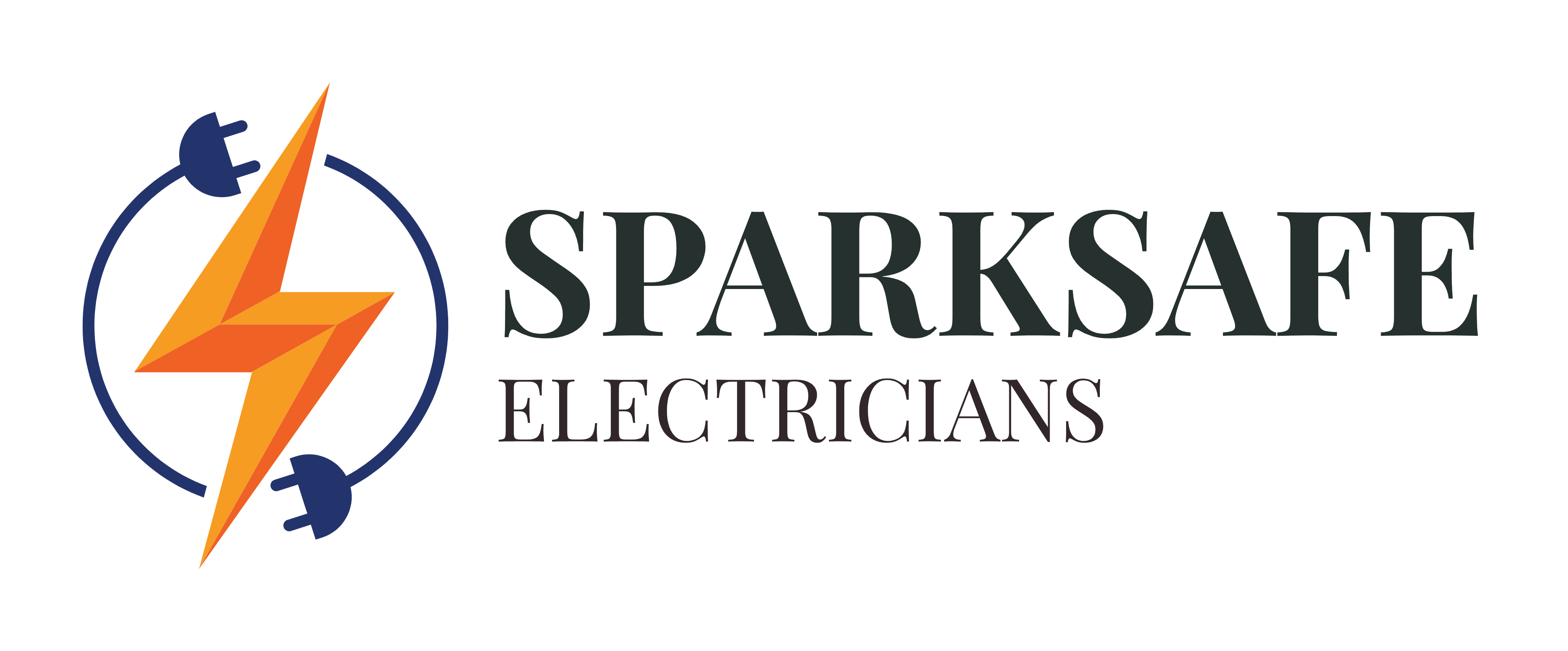Signs You Need an Electrical Panel Upgrade
Your electrical panel is the heart of your home’s electrical system, distributing power to different circuits. Over time, as your home’s electrical needs grow, your old panel may struggle to keep up. An outdated or inadequate electrical panel can lead to serious safety concerns and inefficiency. Here are some key signs that it’s time for an electrical panel upgrade: 1. Frequent Circuit Breaker Trips One of the most obvious signs of an overloaded or outdated panel is frequent circuit breaker trips. If your breakers are constantly shutting off power, it’s likely because your panel can’t handle the demand from your home’s electrical devices and appliances. Upgrading your panel will prevent these frustrating interruptions. 2. Flickering or Dimming Lights If your lights flicker or dim when you turn on appliances like the microwave, air conditioner, or hairdryer, this can indicate that your electrical system is strained. A flicker here or there might not seem like much, but over time, it’s a clear sign that your panel is no longer providing stable power to all parts of your home. 3. Your Home Still Uses Fuses Many older homes still have fuse boxes instead of modern circuit breaker panels. Fuse boxes are outdated and can be a fire hazard if not maintained properly. If your home still uses fuses, it’s definitely time to consider upgrading to a modern electrical panel that can safely handle current energy demands. 4. Burning Smell or Scorch Marks A burning smell coming from your electrical panel, outlets, or appliances is a serious red flag. This could indicate overheating, faulty wiring, or an overloaded panel—any of which pose a fire risk. If you notice scorch marks or a burning odor, call an electrician immediately and consider upgrading your panel for safety. 5. Need for More Outlets If you find yourself relying on multiple power strips or extension cords because you don’t have enough outlets, it may be time for an upgrade. Overloading outlets with too many devices can strain your electrical system, and older panels may not be designed to handle the needs of today’s modern homes. 6. You’ve Added New Appliances Adding major appliances like a hot tub, air conditioning unit, or electric car charging station can place extra demand on your home’s electrical system. If you’ve made any major upgrades to your home’s electrical load without upgrading your panel, it may not be able to handle the increased power needs, leading to efficiency issues or safety hazards. 7. Old or Outdated Panel If your home is over 20-30 years old and the electrical panel has never been updated, it may no longer meet modern safety standards. Older panels may lack the capacity for newer electrical demands, and they can also degrade over time. Upgrading to a new, higher-capacity panel will help ensure your electrical system is both safe and efficient. 8. Breaker Won’t Stay Reset If your breaker trips and won’t reset, it could indicate a more serious underlying problem. While this may be a sign of a single faulty breaker, it could also point to a larger issue with your panel’s capacity. If the issue persists, an upgrade may be necessary to avoid damage or potential hazards. 9. Upgrading for Home Renovations If you’re planning a major renovation or adding rooms to your home, an electrical panel upgrade should be on your to-do list. Additional square footage often means more lighting, outlets, and appliances—all of which require more electrical power. Upgrading your panel ensures your home can meet its new power demands safely and efficiently. Conclusion An outdated or inadequate electrical panel can lead to inefficiency, safety hazards, and frequent power interruptions. If you notice any of these signs, it’s worth having a licensed electrician assess whether your panel needs an upgrade. A modern electrical panel not only provides safety but can also improve the overall efficiency of your home’s electrical system, making it a wise investment in the long term.




